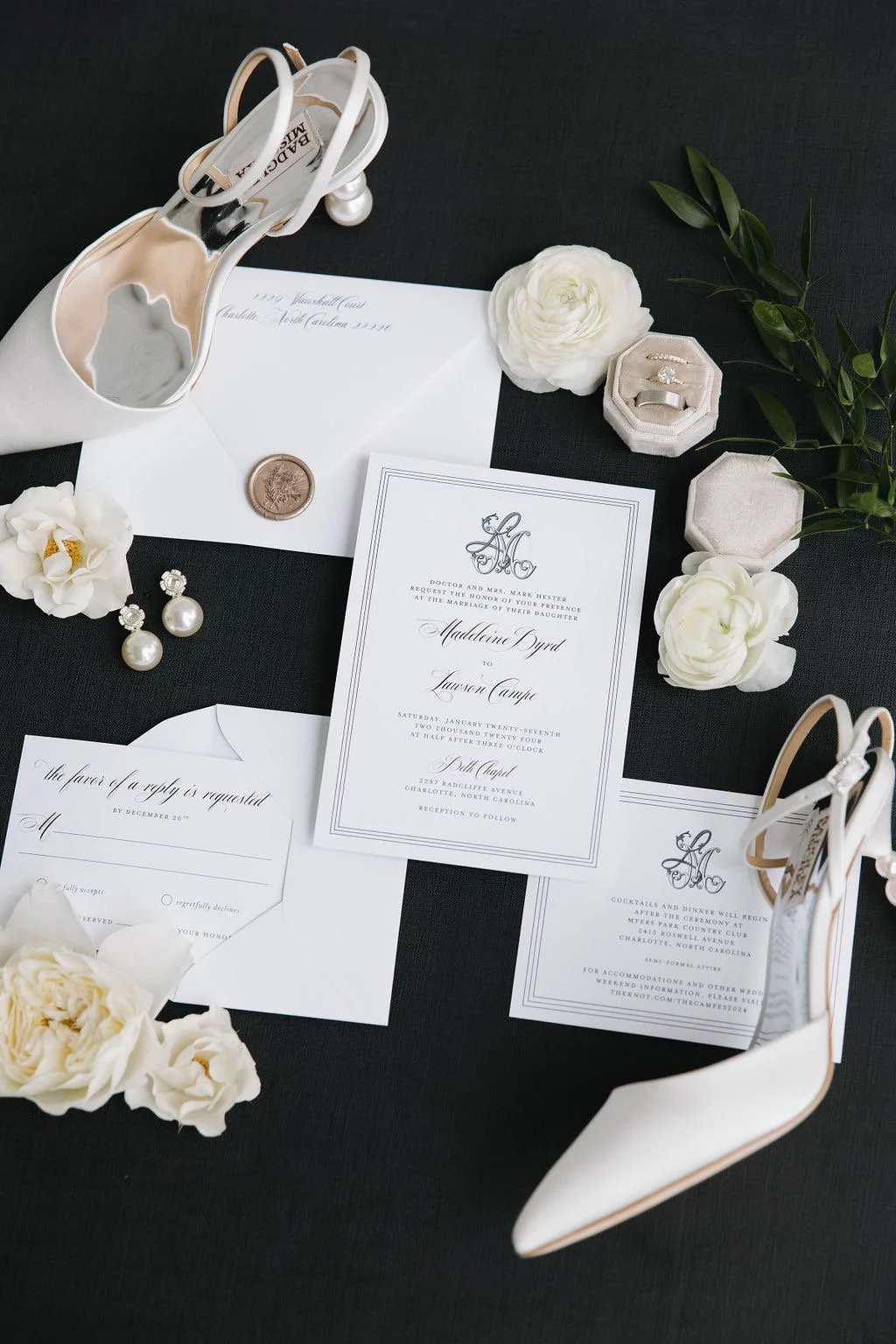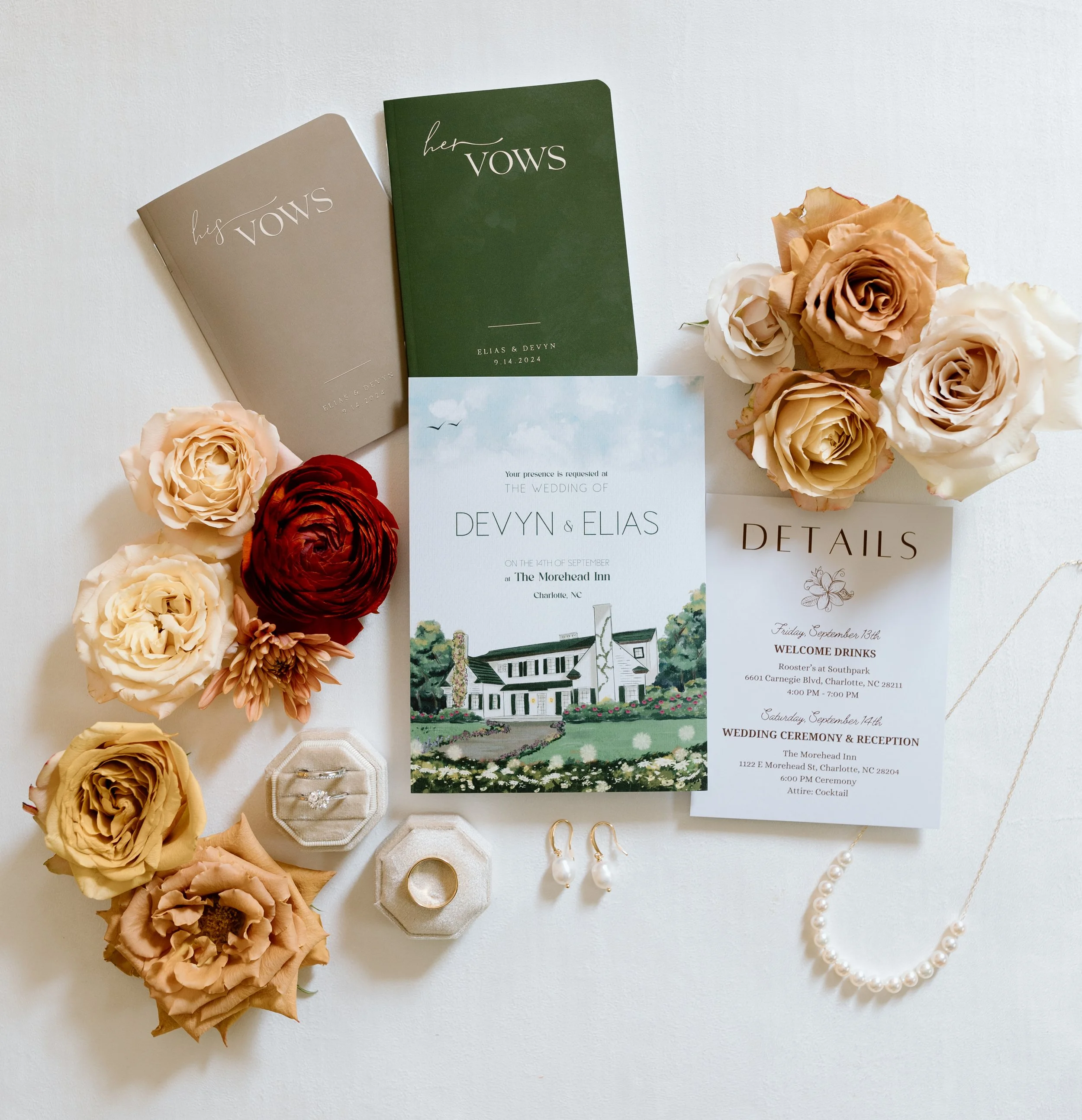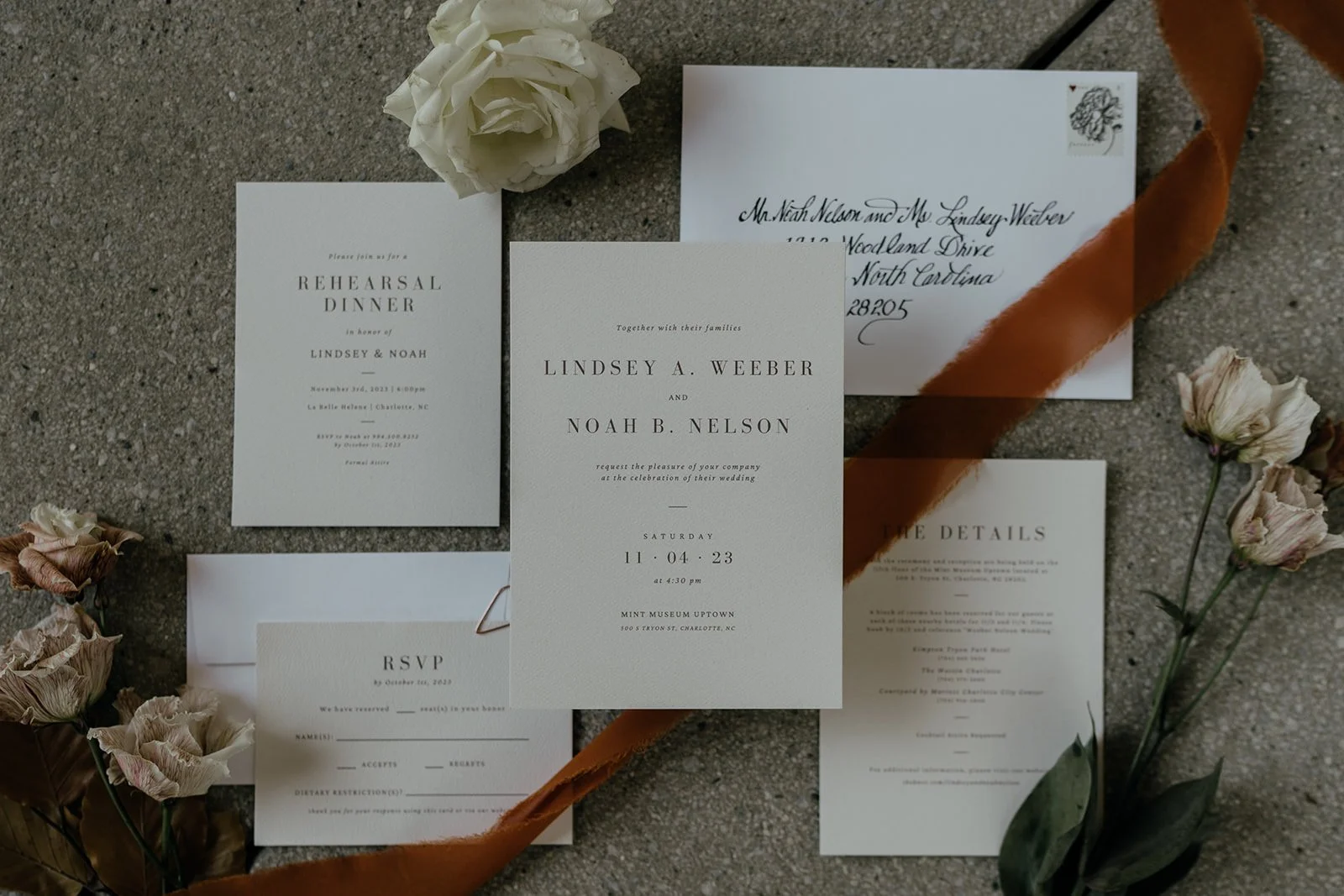When it comes to wedding planning, one of the first steps you'll take is notifying your guests about your big day. Invitations and save the dates set the tone for your celebration, making them essential elements in your wedding journey. Here’s everything you need to know about creating beautiful and effective invites and save the dates.
1. Understanding Save the Dates
What Are Save the Dates?
Save the dates are a friendly heads-up to your guests about your wedding date and location, allowing them to mark their calendars early. They’re especially important for destination weddings or if you have many guests traveling from afar.
When to Send Them:
Ideally, send save the dates 6-8 months before your wedding. If you’re having a destination wedding, consider sending them even earlier—up to a year in advance!
2. Designing Your Save the Dates
Choose a Style:
Your save the dates should reflect your wedding theme and personal style. Whether you prefer modern, rustic, vintage, or whimsical, choose a design that resonates with you.
Essential Information:
Make sure to include the following details:
Names of the couple
Wedding date
Location (city and venue if possible)
A note to "Save the Date" or similar wording
Add a Personal Touch:
Consider incorporating a favorite photo of the two of you, or opt for unique formats like magnets or postcards to make it memorable.
3. Wedding Invitations: The Main Event
When to Send Invitations:
Wedding invitations should be sent out 8-12 weeks before the wedding. For destination weddings, aim for 3-6 months prior to give guests ample time to plan.
4. Designing Your Invitations
Select Your Style:
Your invitations should match the overall aesthetic of your wedding. Consider colors, fonts, and graphics that align with your theme—whether it's elegant, bohemian, or classic.
Include Essential Details:
Make sure to include:
Names of the couple
Date and time of the ceremony
Venue address
Reception details (if applicable)
RSVP instructions (including a deadline)
Dress code (if any)
Consider a Suite:
Many couples opt for an invitation suite, which may include save the dates, RSVP cards, and information cards about accommodations or wedding websites. This creates a cohesive look and provides guests with all the necessary information.
5. Digital vs. Traditional
Digital Invitations:
In recent years, digital invitations have become increasingly popular. They’re eco-friendly and can be easily customized and sent. However, consider your audience; some guests may appreciate the traditional touch of a paper invite.
Traditional Invitations:
Physical invitations offer a tangible element that many couples cherish. They can also be more formal and provide a beautiful keepsake for guests.
6. Addressing Invitations
Guest List Accuracy:
Ensure your guest list is finalized before addressing invitations. Double-check names and addresses for accuracy to avoid any last-minute confusion.
Handwritten vs. Printed:
A handwritten address adds a personal touch, while printed labels can save time. Whichever method you choose, make sure it aligns with your overall aesthetic.
7. RSVPs: The Essentials
RSVP Cards:
Including an RSVP card with your invitations allows guests to respond conveniently. Consider providing options for dietary restrictions or plus-ones.
Wedding Website:
Encourage guests to visit your wedding website for additional details and updates. This is especially helpful for destination weddings or larger celebrations where logistics can be complex.
8. Staying Organized
Create a Timeline:
Establish a timeline for when you’ll send out save the dates and invitations. This helps keep you on track and ensures everything is ready in time.
Track RSVPs:
Keep a record of RSVPs as they come in. This will help you finalize your seating arrangements and plan for catering.







